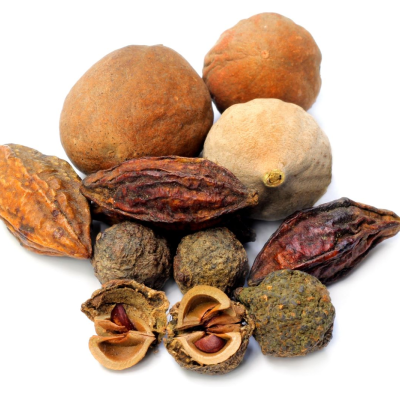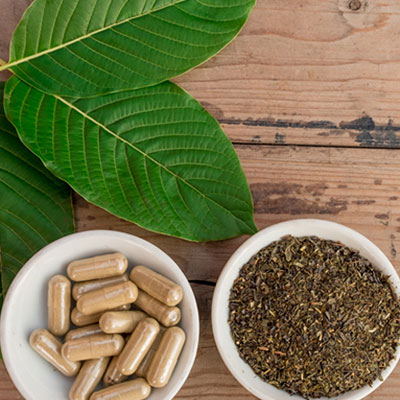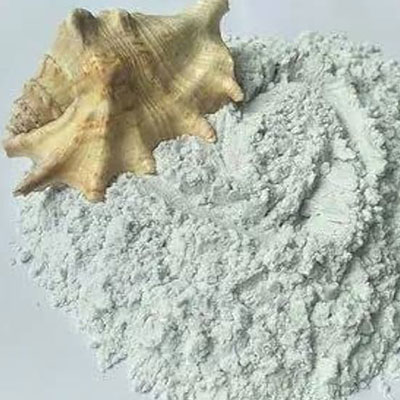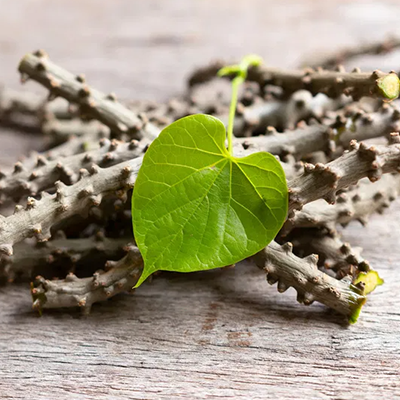Dyspepsia, commonly referred to as indigestion, is a term used to describe discomfort or pain in the upper abdomen. It is not a disease but rather a collection of symptoms that occur due to digestive disturbances.
Causes of Dyspepsia
The causes can be broadly divided into functional (without any structural abnormalities) and organic (linked to specific diseases):
1. Functional Dyspepsia
- Abnormal gastric motility
- Increased sensitivity to stomach distension
- Stress and psychological factors
- Poor eating habits (overeating, eating too quickly, or consuming fatty/spicy foods)
2. Organic Causes
- Gastro-oesophageal Reflux Disease (GERD)
- Peptic Ulcer Disease
- Gallbladder Disease
- Helicobacter pylori Infection
- Medications (NSAIDs, antibiotics, etc.)
- Smoking and alcohol consumption
- Pancreatitis or liver diseases
Symptoms of Dyspepsia
- Upper abdominal pain or discomfort
- Bloating
- Nausea or vomiting
- Heartburn or acid reflux
- Feeling of fullness during or after a meal
- Loss of appetite in severe cases
Associated Complications
If untreated, dyspepsia can lead to complications, including:
- Chronic gastritis
- Ulcer formation
- Malnutrition due to reduced food intake
- Esophagitis or Barrett’s oesophagus (if GERD is present)
Ayurvedic Perspective of Dyspepsia
In Ayurveda, dyspepsia is primarily associated with Agnimandya (weakened digestive fire) or Ama (toxic undigested material). It is also linked to imbalances in the Pitta and Vata doshas.
Causes in Ayurveda
- Irregular eating habits (Viruddha Ahara)
- Excessive intake of heavy, oily, or processed foods
- Stress and lack of physical activity
- Suppression of natural urges
Symptoms in Ayurveda
- Loss of appetite (Aruchi)
- Abdominal fullness and heaviness (Adhmana)
- Sour belching (Amla Udgara)
- Burning sensation in the chest (Daha)
Ayurvedic Treatment for Dyspepsia
1. Dietary Recommendations (Ahara Chikitsa)
- Light, easily digestible foods: Include khichdi, steamed vegetables, and soups.
- Avoid incompatible foods: Stay away from dairy and acidic combinations or heavy/oily meals.
- Herbal teas: Use ginger, mint, or fennel tea to improve digestion.
2. Lifestyle Modifications (Vihara Chikitsa)
- Regular meals at fixed intervals
- Practice yoga and pranayama (e.g., Vajrasana, Kapalabhati)
- Avoid overeating or late-night meals
Panchakarma Treatments
- Virechana (Therapeutic purgation): To detoxify the body and balance Pitta.
- Abhyanga (Oil massage): To reduce stress, which can worsen symptoms.
- Shirodhara: For stress-related dyspepsia.
Herbal Remedies
Triphala:
Detoxifies and strengthens digestion.
Hingvastak Churna:
Useful for bloating and abdominal discomfort.
Shankha Bhasma:
Relieves hyperacidity and indigestion.
Amla (Indian Gooseberry):
Balances Pitta and promotes digestion.
Guduchi (Tinospora cordifolia):
Strengthens the digestive fire.
Medicinal formulations
- Avipattikar Churna: To manage hyperacidity and indigestion.
- Kamdudha Rasa: To pacify Pitta and reduce burning sensations.
- Chitrakadi Vati: Stimulates digestive fire (Agni).








